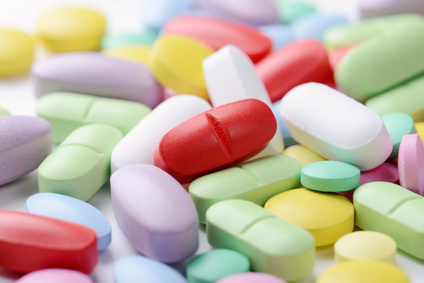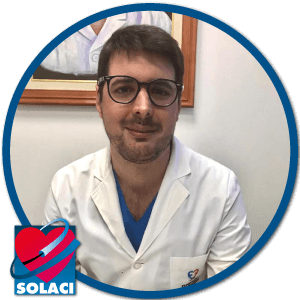Dual antiplatelet therapy (DAPT) is the current standard for preventing thrombotic events in high-risk patients with coronary artery disease, as well as in patients with acute coronary syndrome (ACS) undergoing percutaneous coronary intervention (PCI). However, this approach increases the risk of bleeding. To reduce this risk, there have been studies that discontinued the use of aspirin after 1 to 3 months, maintaining monotherapy with a P2Y12 inhibitor. This has been shown to significantly reduce the risk of bleeding without increasing the rate of ischemic events.

Furthermore, anti-inflammatory treatment may decrease the recurrence of ischemia in high-risk patients. Randomized studies have demonstrated the effectiveness of colchicine when initiated early, even within the hospital setting.
The purpose of this study was to assess the feasibility of ticagrelor or prasugrel as monotherapy, combined with colchicine in the absence of aspirin, in patients with acute coronary syndrome immediately after PCI.
The primary endpoint (PEP) focused on stent thrombosis within the first 3 months of follow-up. The secondary endpoint (SEP) included all-cause mortality, myocardial infarction, revascularization, major bleeding, or a composite of cardiac death, myocardial infarction in the treated vessel, or revascularization of the treated vessel. Additionally, researchers assessed platelet reactivity before discharge and reduction in C-reactive protein at one month.
The study included 200 patients; the average age was 61 years, and most subjects were men. The most common clinical presentation was ST-segment elevation myocardial infarction. The majority had a single-vessel lesion (71.5%), and the left anterior descending artery was the most frequently affected lesion (54.5%). Radial access was preferred in 60.9% of patients. The most commonly used P2Y12 inhibitors were ticagrelor (52%) and prasugrel (48%).
In terms of results, the PEP occurred in two cases (1% incidence), one 5 days after the index event and the other at 8 days. The average platelet reactivity level was 27 ± 11 units, and only one patient experienced high platelet reactivity (>208 units). C-reactive protein levels decreased from 6.1 mg/L 24 hours after PCI to 0.6 mg/L at one month (P < 0.001), and the cases with elevated inflammation (defined by C-reactive protein values ≥2 mg/L) decreased from 81.8% to 11.8% (P < 0.001).
Conclusion
The feasibility of discontinuing aspirin and administering low doses of colchicine on the day after PCI, along with a P2Y12 inhibitor like ticagrelor or prasugrel, demonstrated benefits in inflammatory profiles and platelet function in patients with acute coronary syndrome.

Dr. Andrés Rodríguez.
Member of the Editorial Board of SOLACI.org.
Original Title: P2Y12 Inhibitor Monotherapy Combined With Colchicine Following PCI in ACS Patients The MACT Pilot Study.
Reference: Seung-Yul Lee, MD, et al J Am Coll Cardiol Intv 2023;16:1845–1855.
Subscribe to our weekly newsletter
Get the latest scientific articles on interventional cardiology





